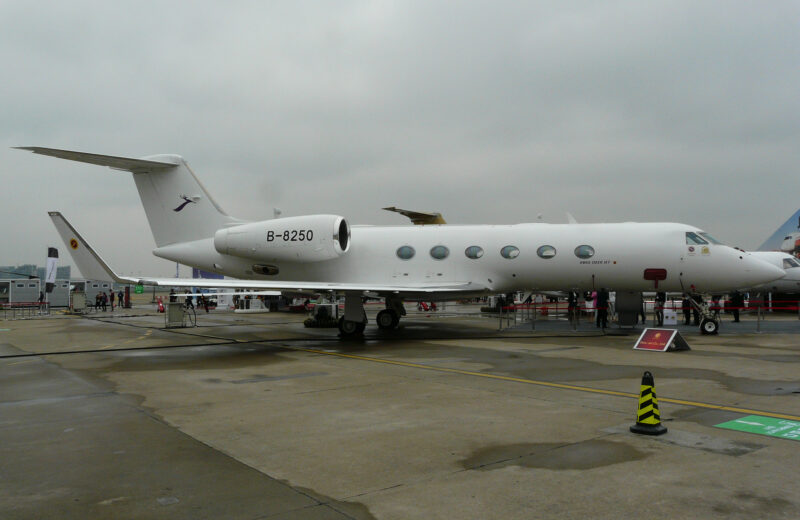China stalls

In a speech in the middle of December last year, Xiang Songzou, Renmin University’s senior fellow of the Center for International Monetary Research, cast doubt on the Chinese government’s official GDP growth numbers.
According to a report on the Epoch Times website Xiang said that through a combination of his own research and access to some official documents, China’s recent growth was not the 6.5% that the National Bureau of Statistics had said, but more like 1.67%.
Worse still, Xiang said that some estimates put China into negative growth territory.
Xiang made the speech on the eve of president Xi’s address to mark the 40th anniversary of China’s transformation initiated by Deng Xiaoping from a centrally planned economy, to more market driven one.
The legitimacy of China’s officially released growth data has been questioned several times in the past. Search on Google for ‘Real China GDP growth’ and you’ll see many article titles like “China’s real growth rate: what’s true and what’s fake?” and “What’s China’s actual GDP?”. Of course, if you are in China you won’t be able to use Google and, perhaps unsurprisingly, a search on Baidu for the same terms brings back an entirely different set of results.
Regardless of whether the GDP growth figures have been massaged or inflated, recent figures have shown that growth has been slowing.
Since 2010 the official growth rate has been slowly falling. It is too early for the country to release its full-year figure for 2018, but in the third quarter, growth had slowed to 6.5%, a touch lower than the 6.6% that was projected.
Part of that slowdown can be attributed to the China-US trade war. Although in reality it has not, for now at least, had much of an impact on trade figures, the knock-on effect has been a lowering of consumer confidence inside China.
Although the trade war started in earnest in July 2018, anecdotal evidence suggests that Chinese consumers had curbed their spending habits long before that. This was very much evidenced late last year when Apple released a statement saying that its 2018 financial year figures would be lower than expected because of weaker sales in China.
Apple blamed the slowing Chinese economy for the decline. Chinese consumers blamed Apple’s high prices.
Apple’s sales of its new iPhone models in China have fallen, but the worst might still be to come. A recent report on the Nikkei Asian Review suggests that Chinese companies are offering its employees incentives for dumping Apple products, following the arrest of Chinese phone and tech company Huawei’s CFO Meng Wanzhou who was detained by the Canadian authorities in Vancouver on December 1 2018 at the request of the US Government which accuses her of being part of a Huawei cover up after breaking sanctions on sales to Iran.
China struck back by arresting two Canadian citizens, saying that they had endangered the country’s national security. A third Canadian was later arrested for working illegally in the country.
Since the arrests the US has upped its travel advisory for its citizens to what it calls a Level 2 alert, where people travelling to China should exercise increased caution. The advisory says “Exercise increased caution in China due to arbitrary enforcement of local laws as well as special restrictions on dual U.S.-Chinese nationals.”
But it is not only Apple that has been struggling in China. Ford, the car manufacturer, has also seen its sales slide in the country. In 2018 its sales were 37% lower than in 2017.
Apple and Ford are of course two completely different beasts. Whilst the newer iPhone models are eye-wateringly expensive, they are usually bought using cash. Very few cars are bought outright this way, many times they are financed by the car dealership, or the customer takes out a loan to buy the car.
But with uncertainty surrounding the state of the economy, people are less likely to make big purchases. They are even less likely to take out a financing agreement or loan.
To encourage more people into spending, the government introduced new tax rules at the beginning of January, where individuals could deduct certain expenses, including the interest on mortgage payments against a first property.
The tax cuts that China has introduced are untested in the country. The last time any changes was in 2011 when a modest rise in tax was implemented. Many analysts and economist are unimpressed with the cuts, suggesting that it might be too little, too late to make much difference in short term consumer spending.
Whilst the lack of short-term confidence in the market has affected consumer spending, it is also a reason for why the business-jet market in China has started to slow down.
Early in 2018, the market was okay. It wasn’t spectacular, but it was okay. China had started to accept pre-owned aircraft and in its annual fleet report Asian Sky Group said that China’s business-jet fleet had grown by 9% in 2017.
But that confidence has also waned. Or at least short-term confidence has. People talk now of a winter of discontent, but a winter that lasts for several years.
Independently we have been told about slowing aircraft deliveries and aircraft leaving the country. We have also been told of Chinese customers holding back on replacement plans and even of aircraft repossessions.
Jenny Lau, president of Hong Kong-based operator Sino Jet and chairperson of the Asian Business Aviation Association (AsBAA) told Corporate Jet Investor during an interview on November 2018 that China’s slowdown is part of the global cycle and pointed to slowdowns in Europe and the US several years before.
“It’s going to get better soon, and I hope that period can be shorter than expected,” says Lau. “But this industry is closely linked with the economic cycle. Normally people say it is around 14 months behind, but I see the cycle being much closer. Maybe it is eight months to one year following the economic cycle for our industry.”








